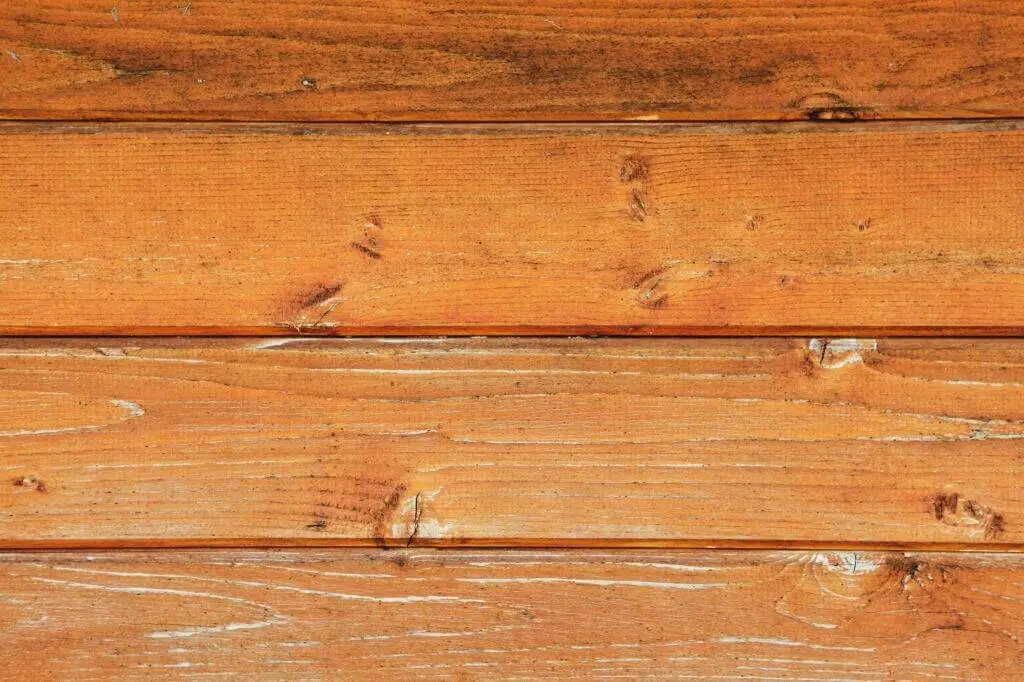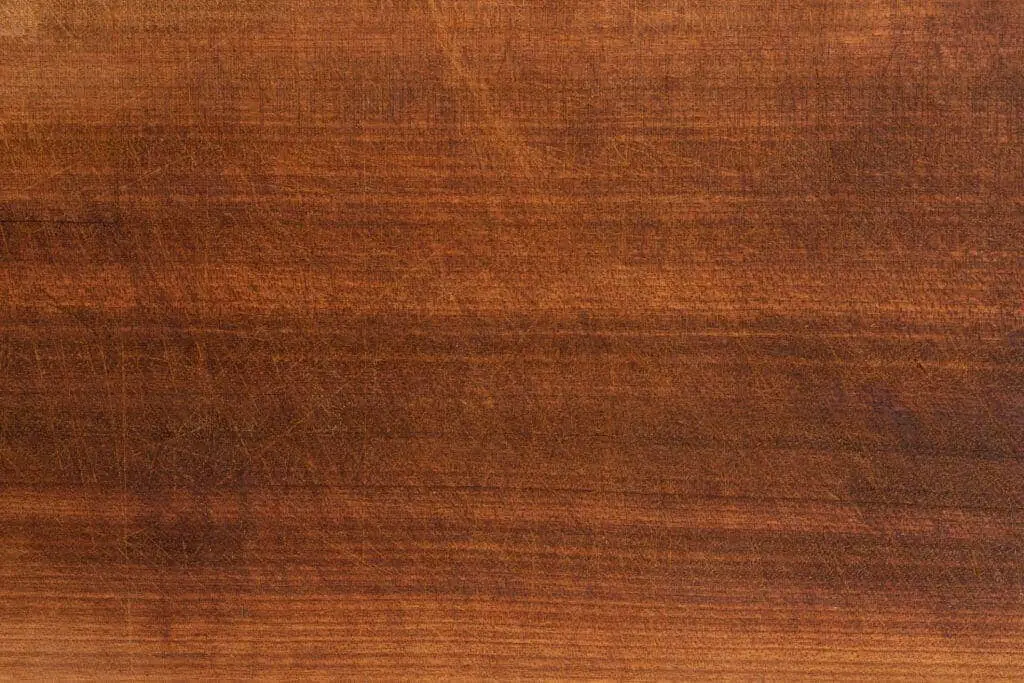Hardwood flooring is popular for being more durable and longer-lasting than softwood floors or laminates. Indeed, that’s why numerous homeowners are eager to invest on a floor they know will last for several years.
However, this doesn’t make them totally indestructible. Accidents can happen, and dents, gouges, and scratches can appear – especially if there are children or pets at home or when you have to move heavy furniture.
Knowing how to fix dents in prefinished hardwood floor is not as straightforward and simple a process as it may seem.
There are numerous factors involved in correctly addressing the damage and restoring the floors to their original appearance, and a couple of problems can turn an easy touch-up job into a big project.
How to Fix Dents in Prefinished Hardwood Floor
Table of Contents
Determine the Extent of the Damage
The first thing to do is to figure out how deep have the scratches or dents have penetrated.
Small light scratches on the uppermost layer of finish are easier to repair than scratches that have penetrated through the finish and impacted the wood itself.
In mapping out your repair plan, you ought to also consider the situation and noticeability of the scratches.
If the scratch crosses five-floor boards and it’s placed in a high-traffic area of the house, like at the edge of a doorway, you’ll need to do more extensive repairs which will require an electric sander instead of simply trying to fill it in with a touch-up marker.
Once you’ve determined the extent and noticeability of the damage, you’re on your road to deciding which method is going to be best to use in your situation.
Fixing a Light Dent
Even the smallest dent in prefinished hardwood floor can ruin the look of a wood surface.
Thankfully, most such blemishes are easily fixed. However, you’ll have to take extra care to help keep the finished wood surface looking nearly as good as new.
Slowly, you want to add just the right amount of water to the dent. A pipette or maybe the top of a matchstick can assist you to transfer water into the dent. Don’t be alarmed if the varnish or other finish starts turning blue.
This is what is known as blushing and doesn’t actually harm the integrity of the finish. Dab away any excess water with a dry cloth then a wet folded cloth over the water-filled dent. Press a hot iron onto the cloth.
When the material is dry, remove the iron and check the dent. If the dent remains there, repeat this method.
Eventually, the moisture from the cloth will penetrate the fibers of your finished wood, bringing it back to its original shape.
Dealing with Little Scratches
Repairing a scratch that didn’t fully penetrate through the finish is quite easy; you may be able to mechanically abrade or buff out the scratch.
Polish it out of the finish, then lightly recoat or retouch the spot. This is a really similar approach to buffing out a small scratch on your car before then waxing it.
For an oil-modified finish, use a fine wire wool pad to softly buff out the scratch, taking care to maneuver the pad along the grain of the wood.
You cannot use a fine steel wool pad if you are planning to apply a water-based finish.
The wire wool will leave dust behind, which will change into rust when it interacts with the water within the finish. For this case, use a surface preparation pad (SPP) instead.
After buffing the wipe of the surface of the finish, recoat the spot. You may even get away with using touch-up sticks that match the color of the finish if the scratch is extremely light and shallow.
Without sanding
Minor scratches might not ruin a floor, but they will look bad. Fortunately, they will be easily fixed without having to sand the affected area. Before you do take action, you need to clean around the scratch.
Use a dry cloth to remove any grime or dust. You may also have to use a wax removal solution if your hardwood floor features a wax layer on the surface. There are several ways of getting rid of minor scratches.
Read: How to clean hardwood floor
Blending pencils are great for making marks caused by pets’ claws disappear, for example, though you need to get the color match exactly right.
Similarly, finish restorers can be a good option if there are multiple scratches spread across a large area of the floor.
Alternatively, try mixing equal parts apple cider vinegar and olive oil and then dabbing this onto the offending scratch.
Return to it after a couple of hours later, rub the mixture out, and your floor should be looking like new.
Fixing a Deeper Dent
If the scratch is a little bit deeper than surface-level, fill the scratch with wood filler that matches the color of the wood, then recoat.
Like in the previous method, this type of fix is only recommended if you are dealing with a small scratch in a small concentrated area.
Wood filler is not a great product to use if you’re looking to conceal huge, deep scratches because it can’t mimic the grain of the wood.
Replacing the Floorboards
In extreme cases where bare wood is exposed, extensive damage is likely, and you may need to replace the damaged boards.
If the damage is concentrated on more than one board, you should remove and replace the damaged boards.
If you decide to recoat an isolated area, it will be difficult to match the sheen level in the new finish and thus to hide the repair.
Very often, the repaired area will stand out from the rest of the floor, even if you try to achieve an exact match between the sheen levels.
If the damage is spread across the entire room, like dents resulting from high heel use, you may want to consider a good clean and recoat.
Safety Precautions on How to Prevent Dents on Hardwood
Prevention they say is the best medicine. Though it is best to recoat your floors every several years to keep them looking fresh and new, you can take a number of steps to preserve your floor’s longevity.
To prevent dents and scratches, take high heels off by the door. If you, your housemates, or maybe your guests insist on wearing high heels around the house, make sure that the protective caps on the heels remain intact.
Make sure to trim pet nails regularly to prevent them from scratching up the floors, banish pets from areas of the house with hardwood flooring, or live with the minor scratches (like we do).
Vacuum regularly to avoid a buildup of dirt and grit that will be tracked over the floor and end up scratching it. Put mats near doorways to minimize the amount of grit tracked into the house.
Also, affix furniture pads to the bottoms of chairs, couches, and other heavy furniture, and avoid dragging them across the floor when moving them.
Read: Can engineered hardwood floors be refinished
Conclusion
The aforementioned are just a couple of tips and tricks on how to fix dents in prefinished hardwood floor and to also get your floor looking brand new again or at least better than it looked before.
Have you fixed a dent on your prefinished hardwood floor before? Let us know your experience.

